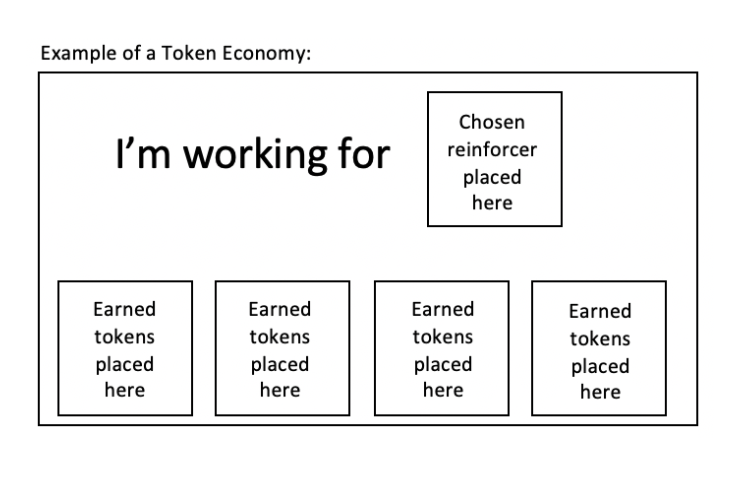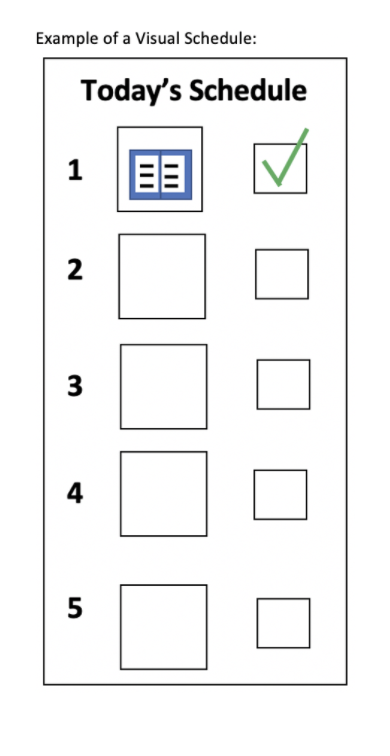Providing Behavior Supports for Students via Teletherapy
October 12, 2020
Positive Behavior Supports can be an essential aspect of maximizing learning potential for our students. These supports are designed to decrease the intensity and frequency of problem behaviors and improve a student’s overall outcomes. These supports set your student up for success and may help your session run more smoothly and efficiently!
Within the school setting, Positive Behavior Support Plans (PBSP), also referred to as Positive Behavior Intervention Plans (PBIPs), are typically created by a specific school team. This team may include the school psychologist/counselor in conjunction with the special education teacher, speech-language pathologist, and other related support staff. When working with an individual demonstrating specific problem behaviors, the team works together to develop a Functional Behavior Assessment (FBA) to determine target behavior(s), baseline rates/trends, and functions/triggers of the target behaviors for that individual student. Then, if needed, the school team creates a PBSP/PBIP for the individual student, which includes appropriate, alternative behaviors to teach for each challenging behavior assessed in the FBA. Once a PBSP/PBIP is developed for an individual student, proactive and reactive interventions may be recommended.
Proactive interventions are used to prevent or decrease target behaviors. Examples of proactive interventions include reviewing a visual schedule or first/then board, providing frequent positive reinforcement, and using a visual timer. Reactive interventions are used during or immediately following the display of specific target behaviors. Examples of reactive interventions include co-regulating or providing reinforcement contingent on appropriate behavior (i.e. specific praise, earning chosen preferred item). Depending on your student’s needs, you may introduce a variety of different behavior supports during sessions. Providing these supports during teletherapy is just as important, if not more important, than if sessions are conducted face-to-face.
I know most of us speech-language pathologists thrive off of organization, and I’m assuming most of us love using an agenda planner or our digital calendar to keep track of to-do lists, important dates, and projects or assignments. We would be lost without our sticky notes, agenda planners, and calendars, right? So, let’s take into consideration how our students must feel, especially with all of the changes that have been going on in the world these past few months. They may be feeling emotions that they can’t necessarily name, and they could be experiencing dysregulation. COVID-19 and quarantine have been an anxiety-provoking time for most of us. Imagine how hard it must be for our students who have difficulty with transitions or sudden changes in routine and those who have challenges with regulation or additional sensory needs. I recently read a quote by Ignacio Estrada that is very poignant when we are discussing implementing these supports: “If a child can’t learn the way we teach, maybe we should teach the way they learn.”
I love to incorporate behavior supports into my sessions because they help set my students up for success. I differ which supports I use depending on my student because it’s definitely not a ‘one size fits all’ approach. On Boom Learning, there are many free first/then boards, token economy systems, and visual schedules available. Personally, I’ve created my own behavior supports using Google Slides! My students can earn tokens (stars), and then by the end of the session, they are rewarded with an activity or game of their choosing. When I first introduce a behavior support, I explain what is expected of my student during the session. I want my students to ask questions if they need help, tell me if they need a break, participate in the session, and, most of all, have fun! By giving your students a choice of reward, you are allowing them to feel that they are in control of the way the session is being run. This may help you receive better buy-in from your students. This can include choosing the order of activities during the session or choosing which reward they would like to earn. Implementing behavior supports helps keep my students engaged and motivated throughout the session, and they are also receiving positive reinforcement for participating and maintaining attention. You are providing your students with clear expectations and clear rewards. Everything is laid out in front of them, and they know exactly what they need to do to earn that reward.

I also love using visual schedules during my sessions. Just like we have our speech schedule for each day of the week, our students like to see what’s next. Visual aids are a great way to support comprehension, increase processing time, and support with transitions! You may start your session with a book, then move onto a Boom Deck, and then provide your student with a choice of rewards to earn at the end of the session (i.e. Mr. Potato Head game, YouTube video, etc.).

Another excellent behavior support to incorporate during teletherapy is to provide specific positive reinforcement or praise. Let your students know exactly what they are doing well and encourage the same behavior for future sessions. The same way we like to get compliments and positive praise for our hard work and achievements, our students do too. Always try to keep in mind that every student is unique, with different strengths and specific learning needs. Remember to individualize your supports and materials best to fit the needs of each of your students. I would love to hear how you have incorporated different behavior supports into your teletherapy sessions!
About the author:

Jesse Kleinman is a Speech-Language Pathologist based out of Brooklyn, NY. She received her Bachelor’s degree in Cognitive Science with a concentration in Speech-Language Pathology from the University of Delaware, and her Master’s degree in Speech-Language Pathology from La Salle University. Jesse works in a private specialized school setting with students ages 5-21 with complex needs and a variety of diagnoses including Autism Spectrum Disorder, Apraxia of Speech, Auditory Processing Disorder, Language Delays, Feeding Disorders, and more! She also works with students using AAC devices ranging from low to high tech. In her free time, Jesse supports educators and related service professionals to navigate the world of teletherapy and distance learning! In addition, Jesse also has started her very own private practice, Vibrant Speech and Language Services. Jesse believes in a team approach to therapy and therefore encourages collaboration with parents, teachers, and other therapists to provide the most encouraging and successful environment for her clients. When Jesse is not supporting communication in the families she works with, she loves exploring new cities, riding her Peloton bike, doing pilates, and spending time with family and friends. If you would like to reach out to Jesse, feel free to email her directly at jesse@vibrantspeechtherapy.com.



